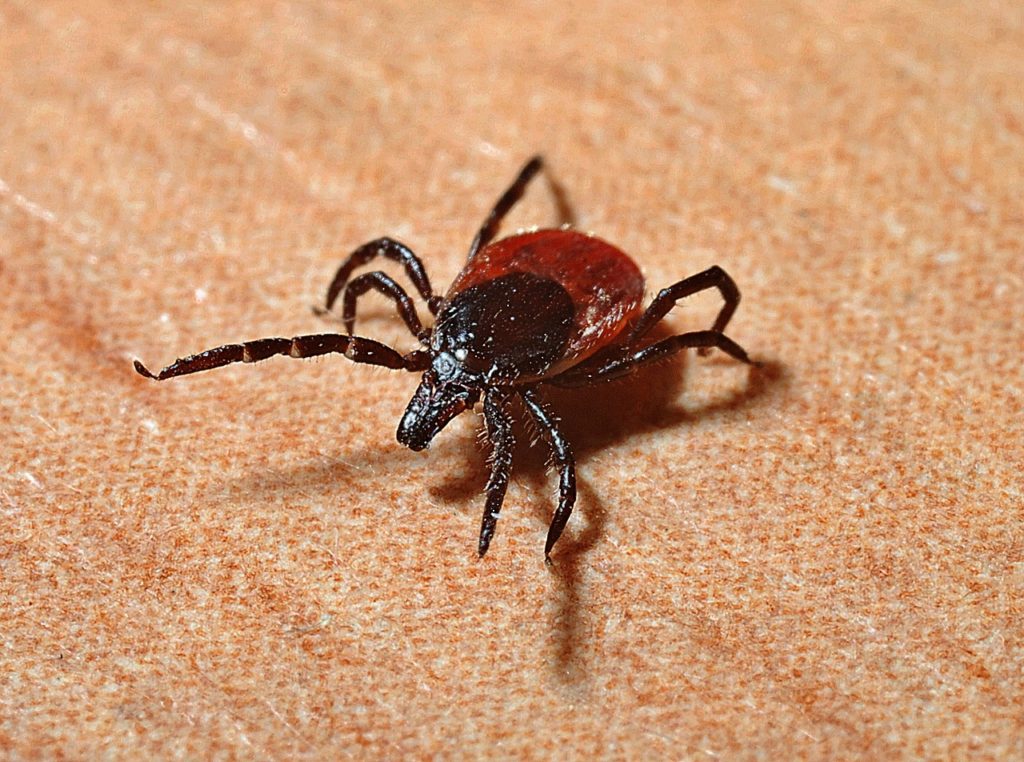The great outdoors beckon, promising fresh air, adventure, and connection with nature. But lurking in the shadows are unwanted guests: ticks and insects. These tiny creatures can not only be a nuisance but also carry diseases that pose serious health risks. Fear not, intrepid explorer! By following these simple yet effective tips, you can minimize your exposure and enjoy your outdoor escapades with confidence.
1. Repel the Unwanted: Your first line of defense is a good insect repellent. Opt for one containing DEET, a proven effective ingredient against ticks, mosquitoes, and other biting insects. Choose the appropriate concentration based on your age, activity level, and expected insect activity. Apply generously to exposed skin, following product instructions carefully. Remember, even repellents wear off, so reapply as needed, especially after sweating or swimming.
2. Dress for Defense: Clothing plays a crucial role in your armor against ticks and insects. In areas with high tick or insect activity, ditch the shorts and tank tops. Opt for long pants and sleeves, preferably made of tightly woven fabrics like nylon or cotton. Tuck your pants into your socks for added protection. Don’t forget a wide-brimmed hat to shield your head and neck.
3. Become a Tick Detective: Ticks don’t announce their arrival, so vigilance is key. Perform regular tick checks on yourself and your pets after spending time outdoors, paying particular attention to areas like armpits, groins, and behind the ears. Use a fine-toothed comb to help detect even tiny nymphs.
4. Know Your Enemy: Familiarize yourself with the tick species common in your area and their potential diseases. This knowledge empowers you to take appropriate action if you find a tick attached.
5. Prompt Removal is Key: If you discover a tick, remove it promptly and carefully using fine-tipped tweezers. Grasp the tick close to its head and pull straight upwards without twisting. Avoid crushing the tick’s body, as this can release harmful pathogens. Clean the bite site with antiseptic and monitor for any developing symptoms.
Bonus Tip: Consider treating your clothing and gear with permethrin, a long-lasting insecticide effective against ticks and mosquitoes. Remember, prevention is always better than cure!
By incorporating these simple precautions into your outdoor routine, you can significantly reduce your risk of tick bites and pesky insect encounters. So, pack your repellent, don your protective clothing, and embark on your adventure with peace of mind! Remember, a little preparation goes a long way in ensuring a safe and enjoyable experience in the great outdoors.

